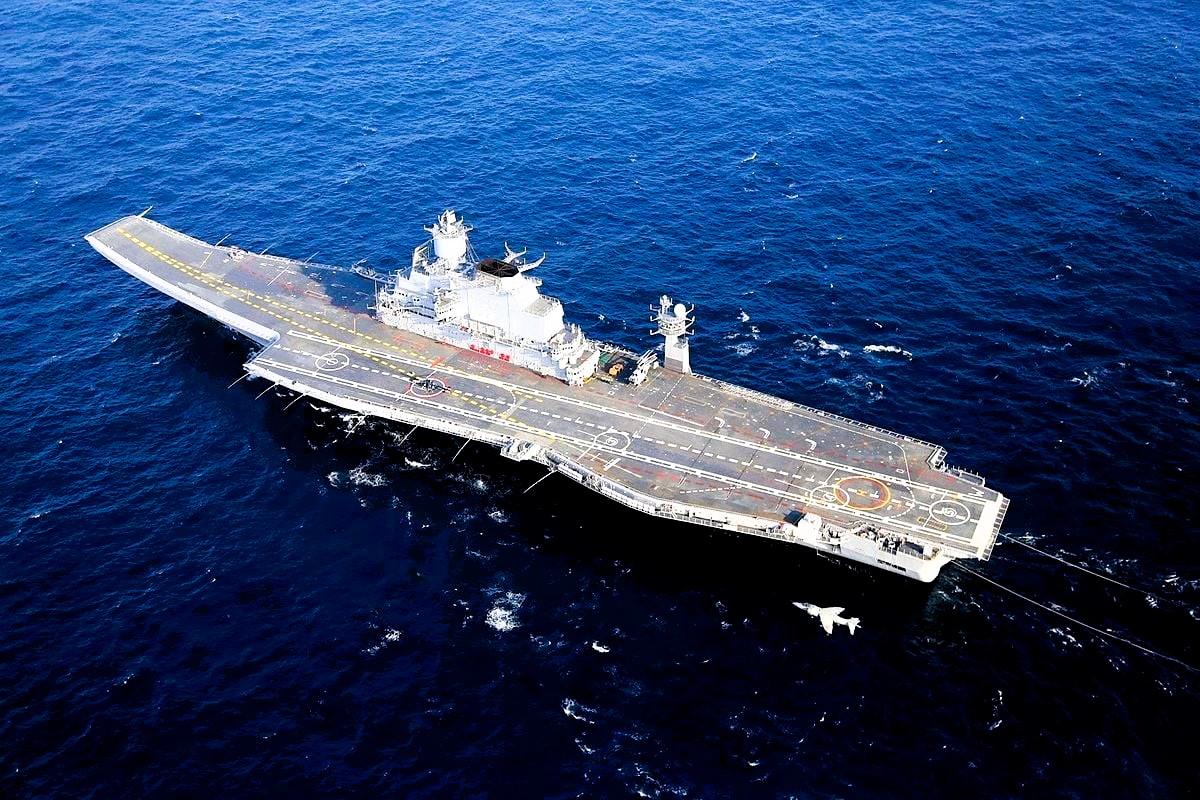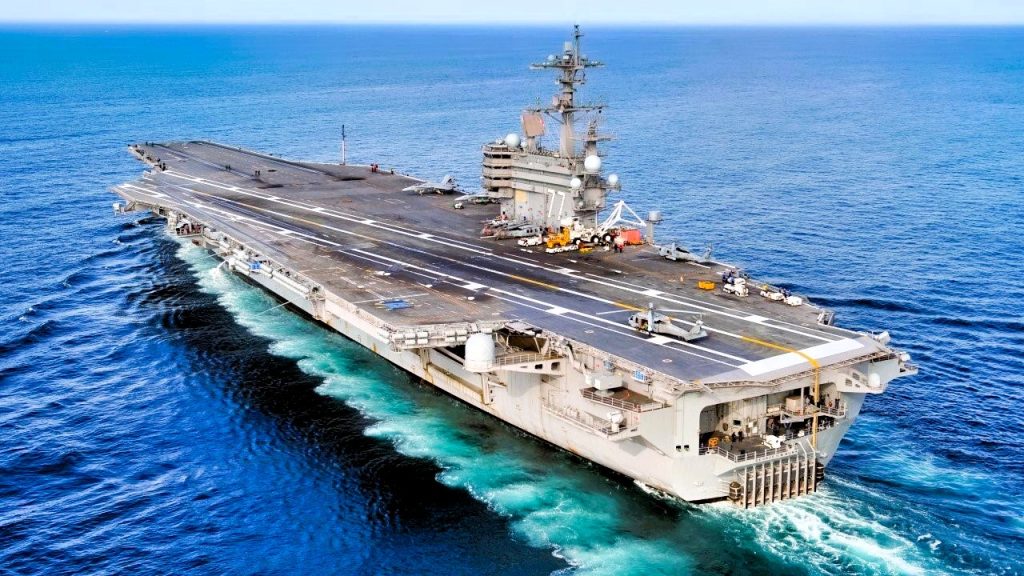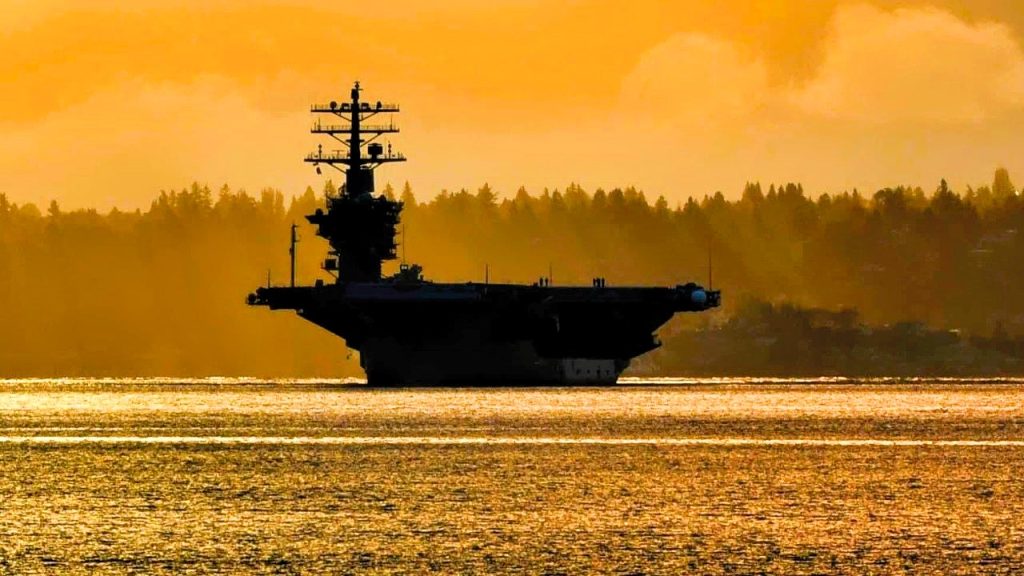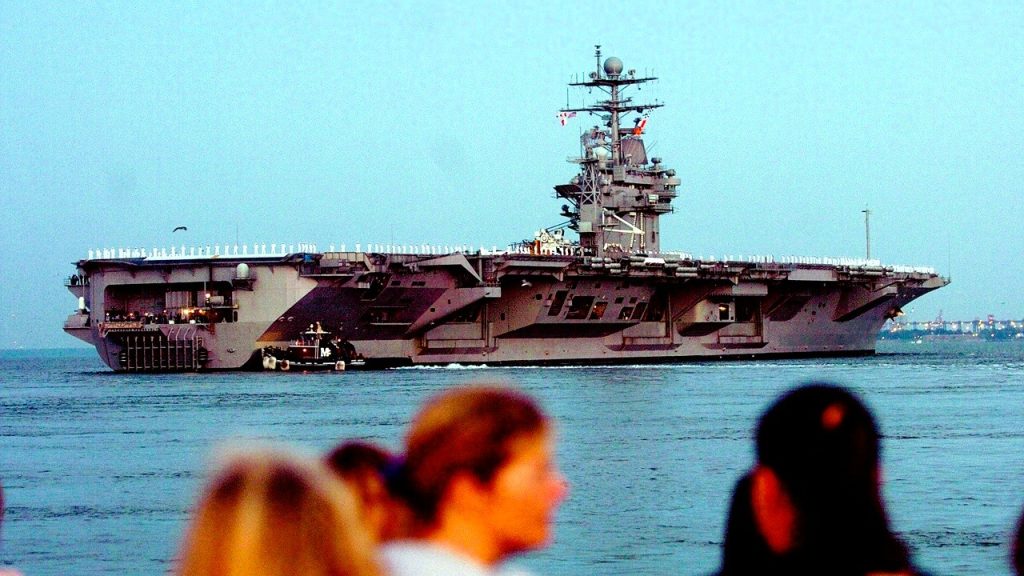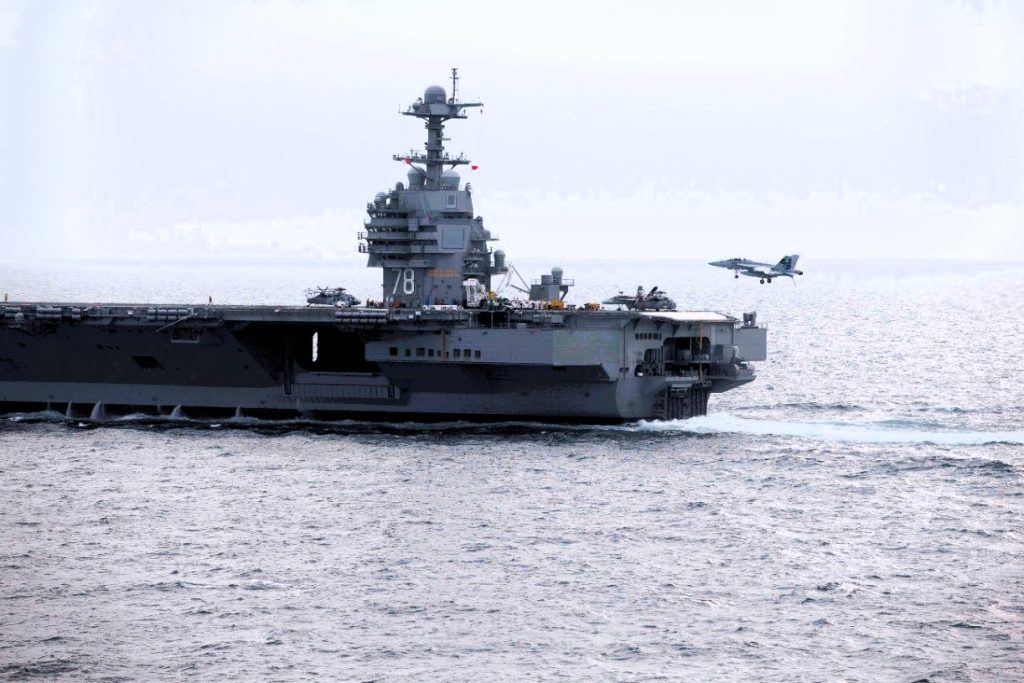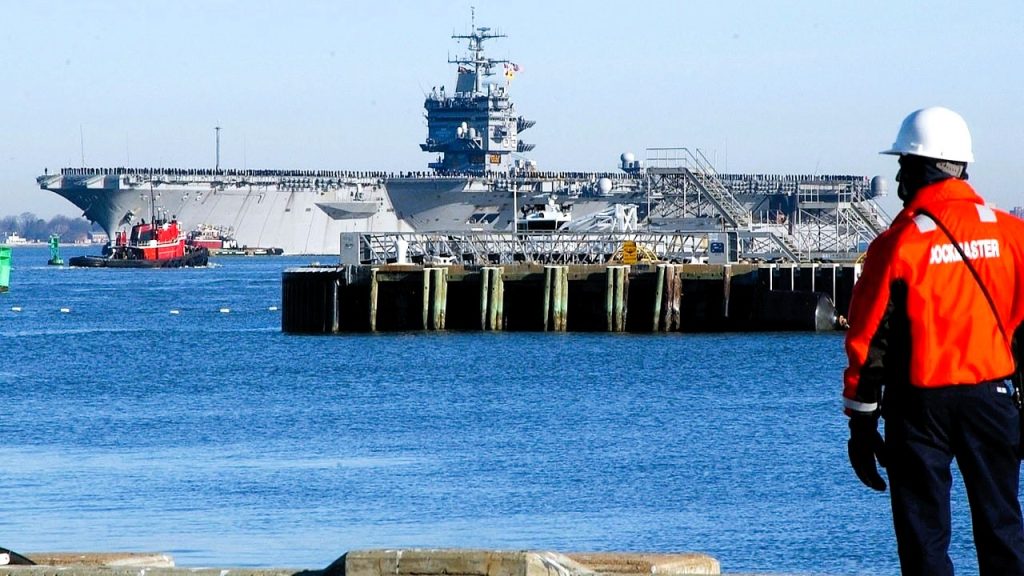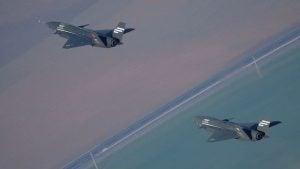Aircraft carriers rank among the most esteemed military assets, serving as mobile airbases that project airpower worldwide. Over the last hundred years, the United States has led the way in aircraft carrier construction and innovation, boasting a fleet of 11 supercarriers currently in operation.
From USS Langley to USS Gerald R. Ford: The Evolution of US Aircraft Carriers
Aircraft carriers are among the most prestigious and awe-inspiring pieces of military equipment in the history of warfare. Designed to project airpower from the sea to any part of the world, these vessels function as floating airbases—a concept that would have seemed like science fiction a hundred years ago.
Over the past century, no nation has built or innovated more in the realm of aircraft carriers than the United States. With 11 supercarriers currently in service and 55 carriers decommissioned, the U.S. possesses the most impressive historical fleet in the world. Let’s explore the five U.S. aircraft carriers that, for various reasons, stand out above the rest.
The Navy’s Top 5 Aircraft Carriers Ever
Selecting the top five aircraft carriers is inherently subjective. The choices are based on a combination of technical specifications and historical significance. Here are the carriers, listed in no particular order.
USS Langley (CV-1)
Historical Significance
The USS Langley holds the distinction of being the US Navy’s first aircraft carrier, marking a pivotal moment in naval aviation history. Originally converted from the USS Jupiter fleet collier in 1920, the Langley was also the Navy’s first turbo-electric-powered ship. This groundbreaking conversion laid the foundation for future carrier designs and innovations.
Pioneering Achievements
Several significant milestones in US naval aviation occurred on the Langley. In October 1922, a Vought VE-7 launched from Langley’s deck, marking the first ship-based airplane takeoff in US military history. Shortly thereafter, the first landing was accomplished when an Aeromarine 39B successfully touched down on the Langley’s deck. Additionally, in November 1922, an aircraft was catapulted from the Langley, setting a precedent for modern aircraft carrier operations.
USS Nimitz (CVN-68)
Legacy and Longevity
The USS Nimitz is the flagship of the renowned Nimitz-class aircraft carriers. First commissioned in 1975, the Nimitz remains in service today, making her the oldest active U.S. aircraft carrier and the oldest serving aircraft carrier in the world. Throughout nearly 50 years of service, the Nimitz has been a powerful force in naval operations worldwide.
Technical Specifications
The Nimitz is notable for her massive size, measuring over 1,000 feet in length. This supercarrier has been a vital part of US military operations, demonstrating the capabilities and reach of the US Navy. The Nimitz has also found a place in popular culture, being featured in the Hollywood film “The Final Countdown.”
15 Best Aircraft Carriers in the World
USS Lexington (CV-16)
World War II Contributions
Named to honor the earlier USS Lexington (CV-2), the CV-16 Lexington was an Essex-class carrier built during World War II. Commissioned in 1943, the Lexington saw extensive action in the Pacific Theater, participating in crucial battles such as the Kwajalein Raid, the Battle of the Philippine Sea, and the Battle of Leyte Gulf. Her significant contributions to the war effort solidified her place in naval history.
Post-War Service
After World War II, the Lexington was decommissioned but was later recommissioned in 1955. She served on active duty until 1991, showcasing her versatility and enduring design. The Lexington’s storied career made her a symbol of American naval strength and resilience.
USS Gerald R. Ford (CVN-78)
Technological Advancements
Commissioned in 2017, the USS Gerald R. Ford represents the pinnacle of modern aircraft carrier design. As the lead ship of the Ford-class, she incorporates cutting-edge technology that sets her apart from her predecessors. The Ford is the world’s most advanced aircraft carrier, featuring numerous technological innovations.
Key Features
The Gerald R. Ford is the world’s most expensive warship, costing $13 billion to build, excluding a $5 billion research and development fee. Key technological advancements include the Electromagnetic Aircraft Launch System (EMALS), which replaces traditional steam catapults for smoother, more efficient aircraft launches. The Ford also boasts the Advanced Arresting Gear (AAG) system, enhancing the safety and efficiency of aircraft landings. Additionally, increased automation allows the Ford to operate with a smaller crew, reducing long-term operational costs.
USS Enterprise (CVN-65)
Nuclear Power Innovation
The USS Enterprise earned a place on this list for being the first nuclear-powered aircraft carrier. Commissioned in 1961, Enterprise was a game-changer in naval operations, equipped with eight Westinghouse A2W nuclear reactors. This innovation allowed the ship to operate for extended periods without refueling, significantly enhancing its operational range and endurance.
Impact on Naval Doctrine
The Enterprise’s nuclear capabilities set a new standard for aircraft carriers, influencing the design and operation of future carriers. The endurance and range provided by nuclear power have become essential components of US Navy strategy, allowing for sustained global presence and rapid response capabilities.
Conclusion
The evolution of US aircraft carriers from the USS Langley to the USS Gerald R. Ford reflects the continuous innovation and strategic importance of these vessels. Each of the carriers highlighted here has made significant contributions to naval warfare and military strategy, showcasing the US Navy’s commitment to maintaining maritime superiority. These carriers not only represent technological advancements but also embody the spirit and resilience of the US Navy throughout history.
FAQs
1. Why are aircraft carriers considered prestigious military assets?
Aircraft carriers are considered prestigious military assets because they serve as floating airbases, capable of projecting airpower globally. They play a crucial role in modern naval warfare by enabling a country to deploy and support fighter jets and other aircraft far from its shores, thus extending its military reach and influence.
2. How does the USS Langley (CV-1) stand out in the history of US aircraft carriers?
The USS Langley (CV-1) is significant as the first US Navy aircraft carrier. Converted from the USS Jupiter in 1920, Langley marked several firsts in naval aviation, including the first ship-based airplane takeoff and landing in US military history. These milestones paved the way for future carrier designs and naval aviation advancements.
3. What are some key features of the USS Nimitz (CVN-68)?
The USS Nimitz (CVN-68) is the lead ship of the Nimitz-class and is notable for its longevity and size. Commissioned in 1975 and still in service, it is the oldest serving aircraft carrier in the world. The Nimitz measures over 1,000 feet long and has been a significant presence in global naval operations, also featuring in popular culture.
4. How did the USS Lexington (CV-16) contribute to World War II?
The USS Lexington (CV-16) played a crucial role in World War II, particularly in the Pacific Theater. Commissioned in 1943, she participated in key battles such as the Kwajalein Raid, the Battle of the Philippine Sea, and the Battle of Leyte Gulf. Her extensive service and contributions significantly impacted the outcome of the war against Imperial Japan.
5. What makes the USS Gerald R. Ford (CVN-78) the most advanced aircraft carrier?
Commissioned in 2017, the USS Gerald R. Ford (CVN-78) is the lead ship of the Ford-class and incorporates numerous technological innovations. These include the Electromagnetic Aircraft Launch System (EMALS) and the Advanced Arresting Gear (AAG) system. Additionally, the ship’s increased automation allows it to operate with a smaller crew, making it more efficient and cost-effective.
